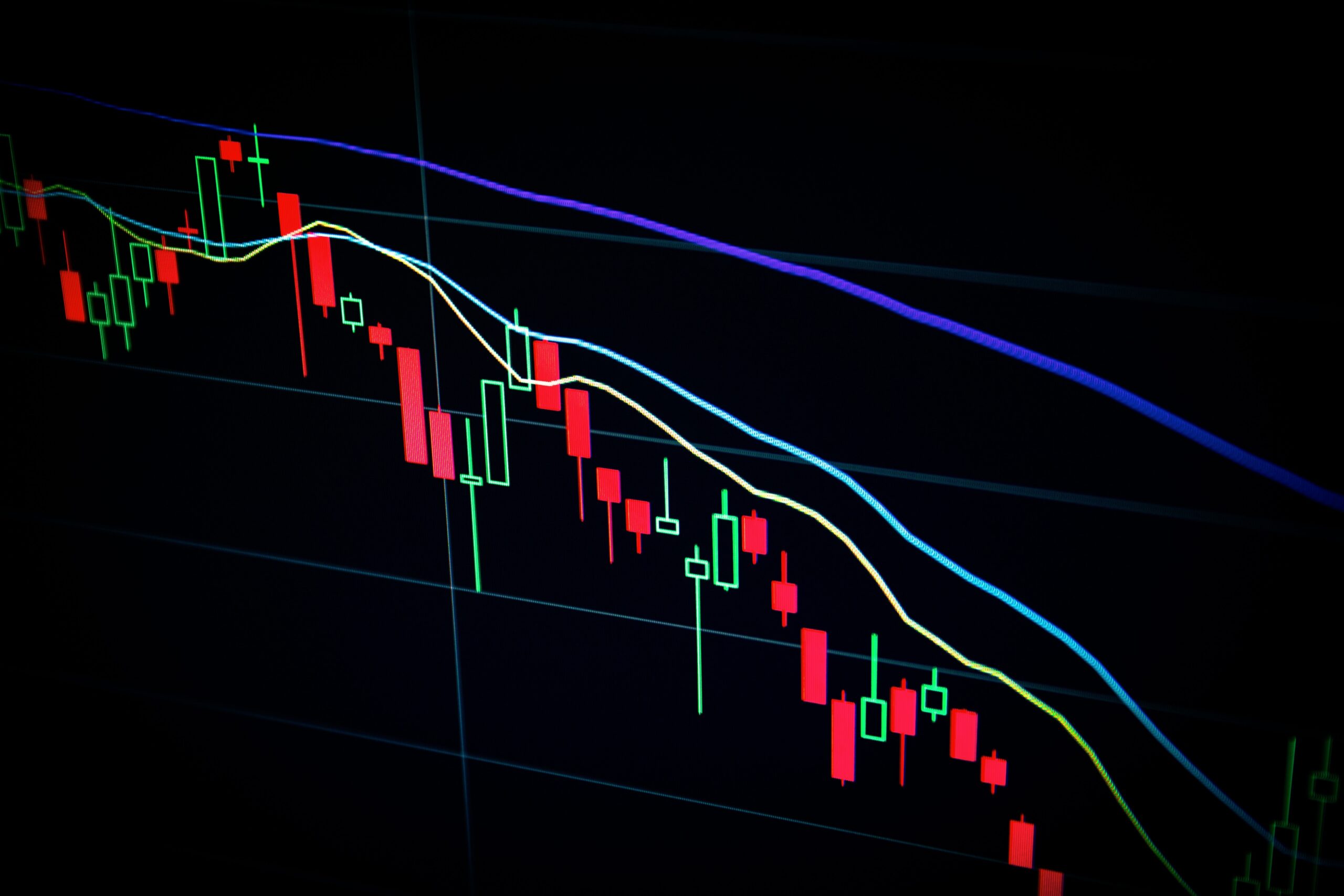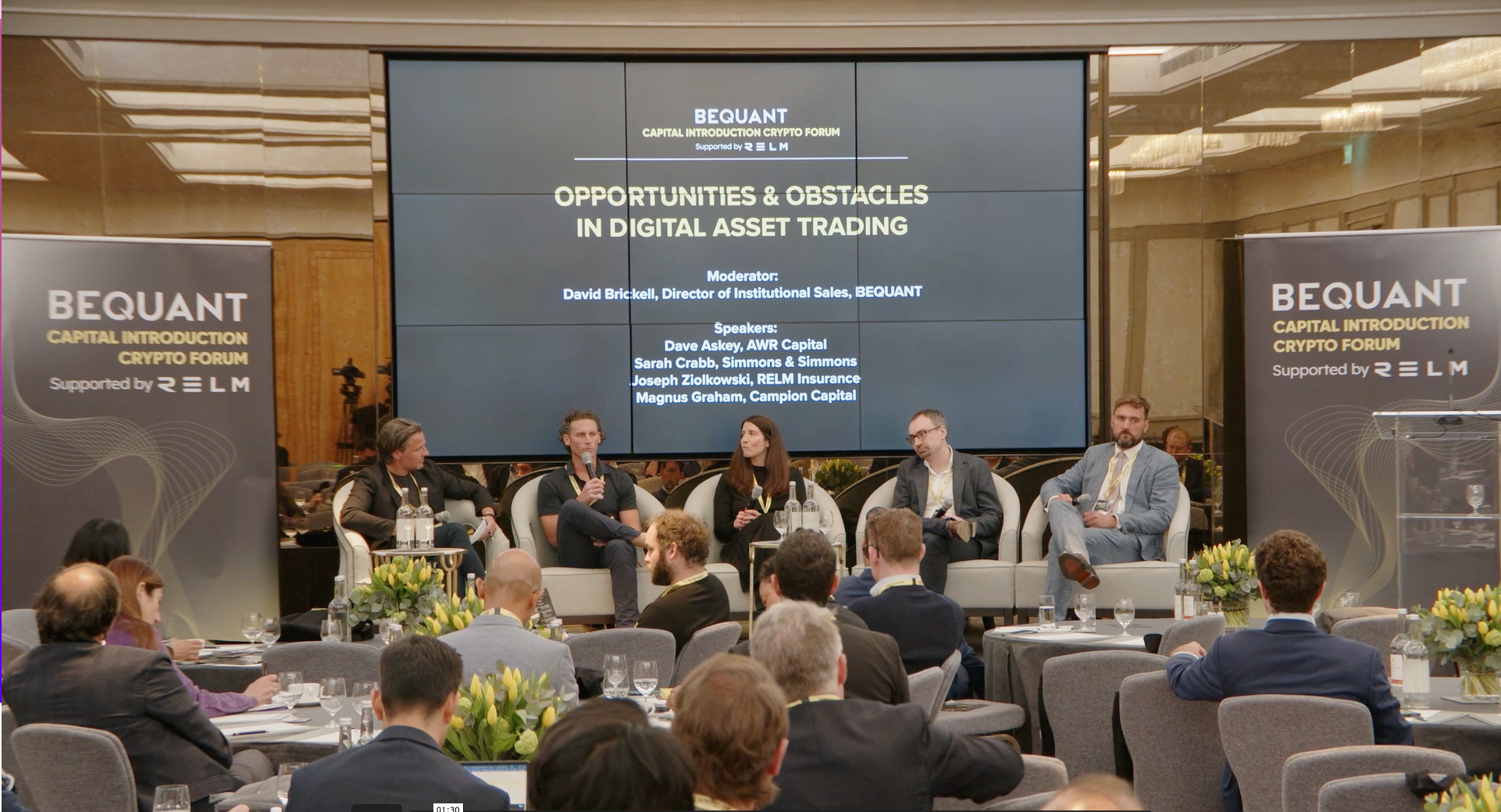For decades called the ‘balanced’ portfolio, the 60-40 portfolio allocation of 60% to stocks and 40% to bonds served as the quintessential go-to for stable growth, income, diversification, and inflation protection. It worked wonders in the decades leading to the dot-com bubble, known as one of the worst financial events for now-seasoned investors.
Yet the 60-40 portfolio persists even after the Global Financial Crisis despite a 2022 negative return of -18%, reminiscent of the -22% crash of 1937. What’s next for 2023?
This article delves into the pitfalls of the hallmark 60-40 portfolio, what went wrong, and what we can do moving forward into the post-pandemic era of high rates and high inflation.
What Is a 60-40 Portfolio?
Again, the 60-40 portfolio is an industry-standard investment strategy that allocates 60% of the portfolio to stocks and 40% to bonds. This asset allocation is based on the idea that stocks have the potential to generate higher returns over time but also carry higher risk and volatility relative to bonds.
Stocks, in general, remain closely tied to the overall health of the economy. Periods of low rates elevated consumer sentiments, and increasing supply orders in a smoothly functioning supply chain–suggesting expected demand–tend to bode well for stocks.
Stocks, therefore, represent the ‘growth’ we want in a portfolio and can perform well if timed well with an increasing trend or theme. For example, electric vehicles and climate change represent two persistent investment themes despite the Covid-19 pandemic.
Bonds represent the base ‘income’ necessary for a more conservative investor, such as an individual saving for retirement or for a child’s college plan. In theory, it all works well on paper so long as the two asset classes are uncorrelated.
Why Correlation Matters
Should their correlation turn positive, which was the case for 2022, then bonds present an inordinate amount of risk for an insufficient amount of return. In other words, the risk-reward ratio initially used to create your portfolio is now out of balance.
Bonds follow the negative trajectory of equities typically when rates are rising on the back of high inflation, supply chain disruptions, or an exogenous event, such as a global pandemic. The usual ‘flight’ to bonds that would, in theory, alleviate the damage done by a 60% allocation to stocks does not occur as institutional investors quickly foresee the incoming damage owing to duration.
How Duration Is Harmful
Bond duration showcases any one bond’s sensitivity to changes in interest rates, often the Fed’s policy rate. In technical terms, it represents the weighted average time until the bond’s cash flows (inclusive of coupon payments and principal) are received by the investor.
When interest rates rise, the value of a bond falls. The opposite remains true. Think of it this way: If we can receive a better deal from a more recent bond, then surely the old bond is worth less–and so it is. Bond duration demonstrates this price change.
For example, a bond duration of 10 years means that this bond’s price will change by 10% for every 1% change in interest rates. If rates rise by 1%, then we can expect to see a 10% price fall. The effect dampens the higher the bond’s yield, but it’s an established rule of thumb we cannot ignore.
How Active Monetary Policy Ruins ‘60-40’
January 1980 began with a Fed funds rate of 14%. You read that correctly. In order to combat inflation of also 14%, the Federal Reserve manufactured a recession on its own accord. It threw an ice bucket of water onto an overheating economy.
This set the precedence for constant market manipulation for the following decades to come up to today. It’s the belief in a ‘soft landing’ towards recession or a ‘quick recovery’ following a disaster that keeps central banks worldwide motivated.
And they have reason to believe–it does work to some extent. For example, many financial executives cite 1994’s soft landing by Alan Greenspan. However, there is the valid argument that it all came down to luck.
What central bank activity certainly does is inject volatility into an asset class chosen to buffer against the very same thing–volatility–by creating expected cash flows. Again, the concept works fine in theory as long as the sources of volatility are uncorrelated between stocks and bonds.
When they derive from the same source, such as a central bank, then asset classes themselves become correlated–leading to a type of 100% either-way portfolio.
Return to Supply and Demand
The global pandemic introduced rampant inflation in 2022 as supply chains buckled under the weight of austere government policies, afraid of what it might be like to repeat 1918’s Spanish flu in a hyperconnected world. Dry bulk shipping prices skyrocketed as the white collar world came to add a new word to our growing dictionary, ‘hybrid working’.
In late 2021, the lag between event and aftermath led to the transitory inflation debacle in which the economic severity of a global pandemic was woefully under-expected and under-stated.
When inflation hit due to rising supply costs passed onto consumers, the Fed following 1994’s example, decided to raise rates as rumblings of recession began in late 2022. Consumer spending fell as duration ensured a dark path ahead for bonds.
If the demand for the products of large companies remained robust, then the 60-40 portfolio would have fared better. However, that demand fell in 2022, such as with Apple’s annual iPhone release.
Long-term investors then, knowing that a 60-40 portfolio depends on a healthy ‘bull market’, look to a source of healthy demand despite rising inflation and rising rates.
Alternative Portfolios
Yale’s endowment fund serves as a great model for investing in alternative assets and bucking the 60-40 portfolio. In its year ending June 2022, it earned a return of 1%, well exceeding S&P 500’s -16% loss. In the year ending June 2021, it earned a return of 40%.
Yale publicly documents its gradual veering away from traditional asset classes and how it favours the alternative. Leveraged buyouts, venture capital investments, and absolute return strategies form its three greatest allocations. Domestic equity, on the other hand, remains minuscule.
And Yale is not alone. Kansas State and the University of Michigan also represent top performers in one of the worst years for retail investors. It boils down to how endowment portfolios think differently to the standard 60-40.
They operate truly in the long term and seek to diversify through alternative strategies, such as commodities, hedge funds, and private real estate, often approaching a portfolio like a long-term legacy plan.
Wealth Planning
As opposed to wealth management, wealth planning pays specific attention to long-term goals, incorporating a holistic view of an investor’s entire estate and how they might be able to invest through alternative methods.
2023 marks the year of wealth planning. Inflation and correlated volatility highlight the weaknesses of the 60-40 portfolio. Endowment funds and a true long-term perspective showcase the inflation-stopping and jaw-dropping power of what it means to diversify amongst different sources of demand growth.
Disclaimer: The author of this text, Paul Winder, has a career that spans over 30 years in the financial services sector with emphasis on creating products and services in the international tax treaty and estate planning arena. Paul is Head of Fiduciary Products & Markets at Deltec Bank & Trust and CEO of Deltec Fund Services, www.deltec.io.
The co-author of this text, Conor Scott, CFA, has been active in the wealth management industry since 2011. Mr. Scott is a Writer for Deltec International Group, www.deltec.io.
The views, thoughts, and opinions expressed in this text are solely the views of the authors, and do not necessarily reflect those of Deltec International Group, its subsidiaries, and/or its employees. This information should not be interpreted as an endorsement of cryptocurrency or any specific provider, service, or offering. It is not a recommendation to trade.







